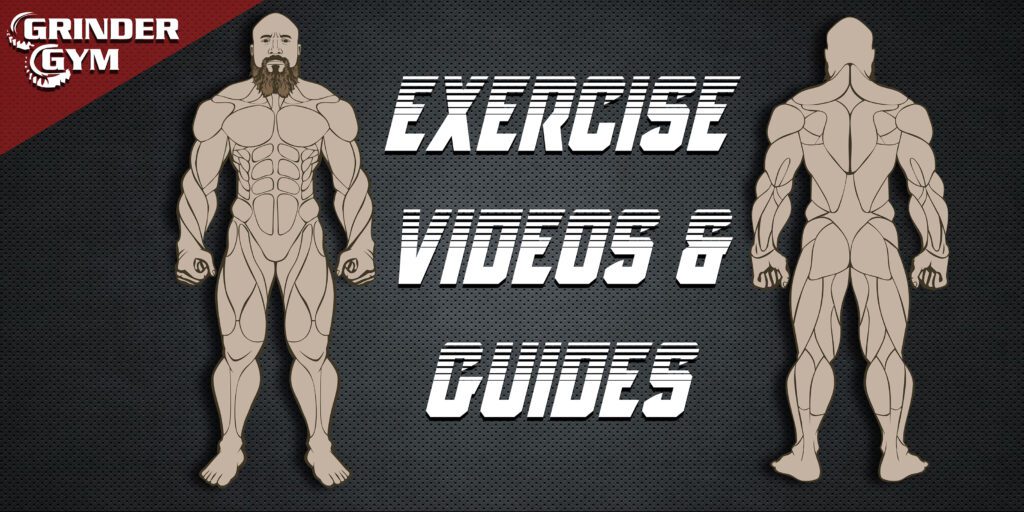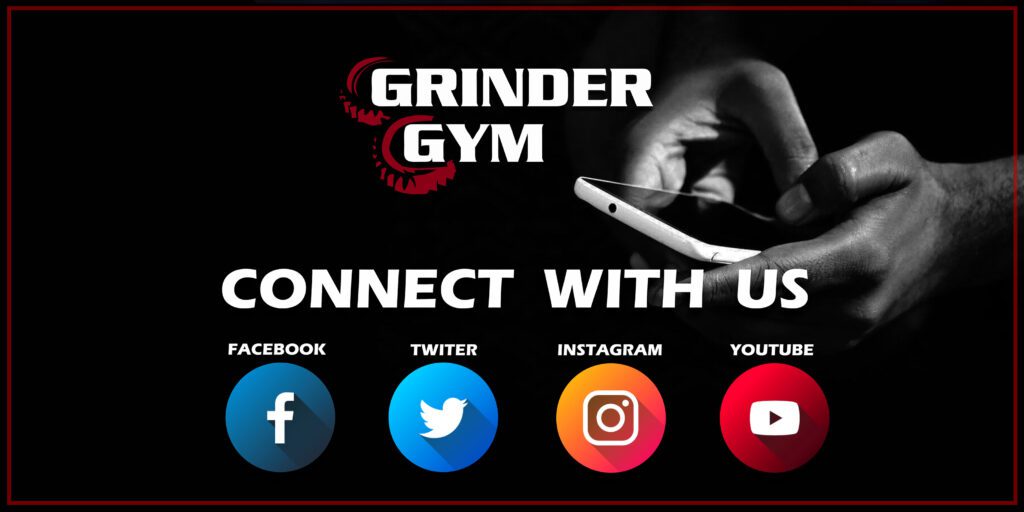
Rest days are not about complete inactivity; they’re an opportunity for active recovery—a gentle engagement of your body that promotes blood flow, flexibility, and muscle recovery. Here’s how to master the art of active recovery:
- Low-Intensity Cardio: Engage in light cardiovascular activities like walking, swimming, or cycling. This boosts circulation and helps flush out toxins.
- Yoga and Stretching: Yoga poses and stretching routines enhance flexibility, alleviate muscle tension, and improve your overall range of motion.
- Mobility Exercises: Focus on movements that improve joint mobility, helping you maintain proper movement patterns and prevent stiffness.
- Foam Rolling: Use a foam roller to release muscle knots and trigger points, aiding in muscle recovery and reducing soreness.

